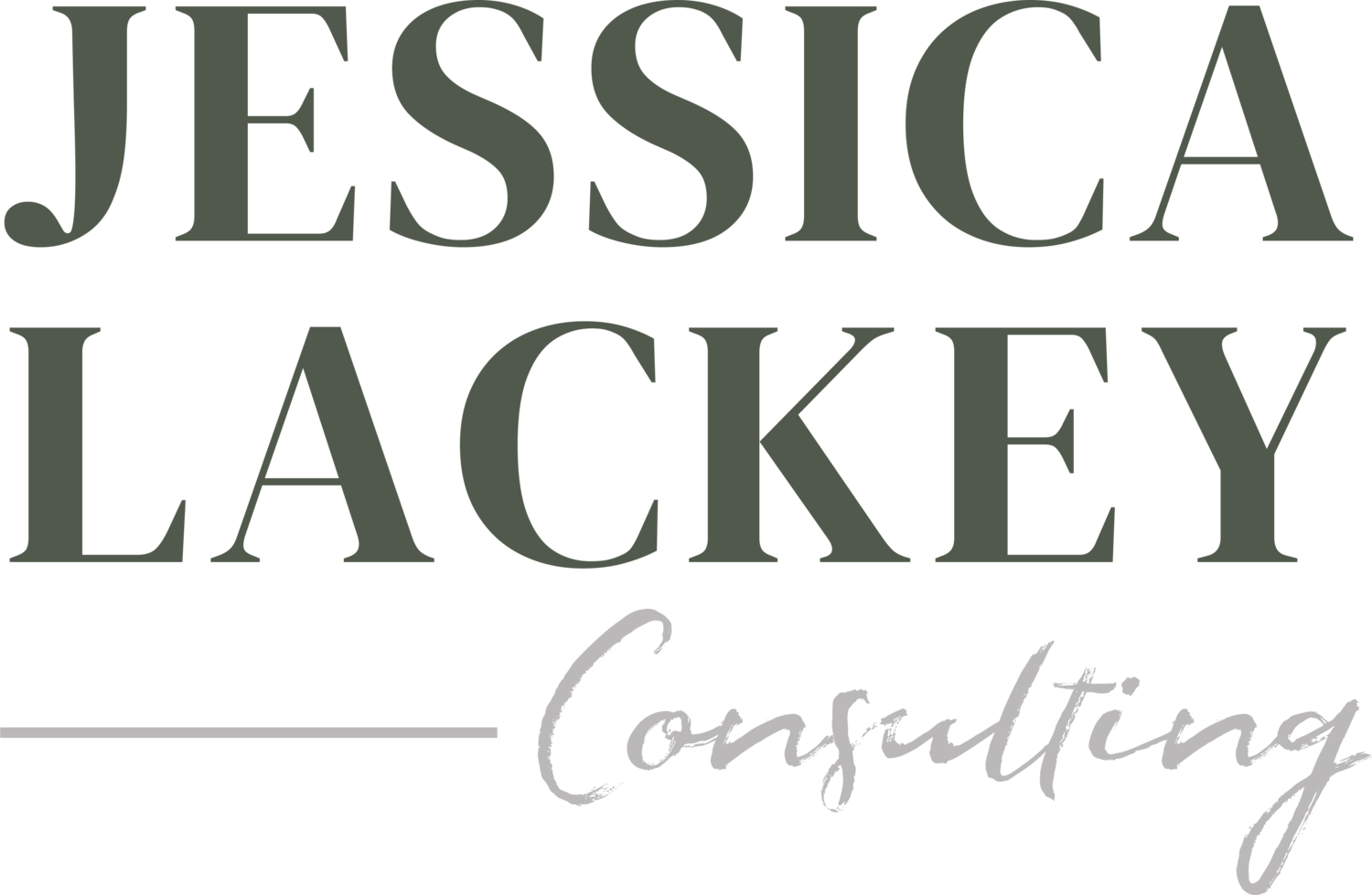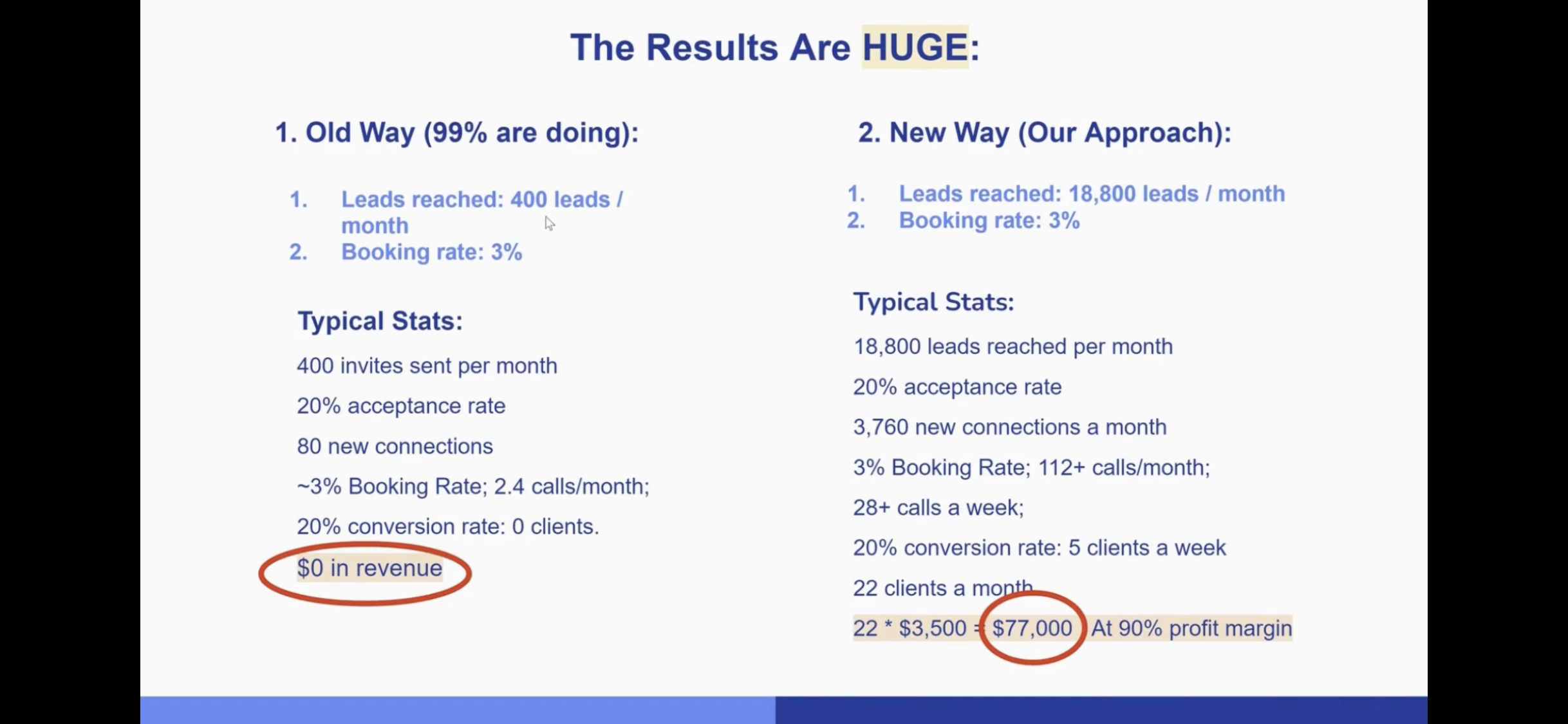Using Relationships to Grow Your Audience
This week, I’m celebrating the highest week of new subscriptions to my newsletter! (Thank you for being here!).
Did they find me through a viral social media post? Through cold DMs? Through paid ads? Nope.
Many of the new subscribers found me through Amelia Hruby’s Off the Grid podcast.
Amelia and I have been floating in adjacent circles for the last year or so, connected through a variety of people in different areas of the online business and feminist business worlds.
I didn’t know this at the time, but I had signed up for the Notion Nerd Night event that she and a colleague facilitate, and hadn’t yet been able to attend! And her podcast studio edits one of my favorite podcasts I’ve linked to here before, Moonbeaming. Worlds collide, right?
As Amelia discusses in her podcast episode, we started working together earlier this summer.
But even before that, as soon as I heard about her work, I shared her podcast with my Summer of Sustainability program and this newsletter. I’ve shared her recent Refresh program with this community. And then we got to meet up in real life and have brunch when she was in Charlotte.
So when I asked Amelia if I could be on the podcast during my Deeper Foundations program launch, this was no cold pitch. This was a relationship that had been building up over time for almost a year since my last launch. And not a transactional relationship, a “you share my stuff and I’ll share your stuff in exchange.”
Out of a real relationship comes a way to amplify our messages to new people.
I hear from a lot of people, “I want to market more and expand my reach without spending all day on social or without spamming people but I just don’t have time for the rounds and rounds of coffee chats.”
Because I think there’s a false paradigm about marketing. To reach new people, there’s a lot of ground between 1:1 conversations and soulless ads and cold DMs.
The Awareness Marketing Spectrum
Relationship marketing is building relationships with individuals in order to build awareness with new people. It’s a 1:1 strategy.
In it’s purest form, it’s based on networking and one-on-one interactions, through conversations, through emails, actual DMs or texts that you send to friends, through snail mail, through in-person networking. You’ll most likely start to get clients through referrals or word of mouth.
Instead of traffic marketing, with relationship marketing what you’re actually trying to do is build relationships with folks who always have access to and know your potential clients. So that over time you’re building relationships with people who will be your referral partners. - Michelle Warner
Traffic marketing on the other hand is about reaching as many ‘leads’ as possible with the lowest cost. It’s a 1:many strategy.
Look at this leads strategy for cold outreach on Linkedin. Sending 18,000 DMs per month, with 3.7K new connections where only 3% of those people actually want to hear from you? 28 calls a week? No thank you!!!
Examples of traffic marketing include paid ads, this cold DM and outreach strategy, and content marketing on social media.
These are the extreme ends of the poles.
But let’s look at what’s in the middle, what I’m calling Collaboration Marketing.
One step down the spectrum is engaging with small groups.
You’re participating in communities or Facebook groups. Or joining programs like Deeper Foundations. Or hosting your own roundtable forums each month. You’re building relationships, but not always through having to spend 1:1 time to build that awareness.
You’re building a referral network, where your relationship partners know about the services you provide and recommend humans to work with you on your behalf. You’re still not reaching tons of people, but you move beyond 1:1 engagement and expand beyond the edges of your personal network.
You can teach or be a service provider in other communities and mastermind programs. Kate Hollis and Karyn Claflin are reaching new people by being involved in my fall program.
Continuing down the spectrum, you start having exposure to broader audiences.
Maybe you collaborate and joint teach a workshop with a colleague, or participate in a lead magnet bundle or an online summit.
You can participate in newsletter swaps and Instagram takeovers. You may remember that Meg Casebolt did a newsletter takeover in the summer as I wanted to help her with her book launch. And I reserve a spot in my newsletter most weeks for highlighting offerings from newsletter readers. There’s a reason why affiliate programs are a big business for a lot of the web celebs - you’re borrowing an audience with trust built in. (Have you heard of B-School season, with Marie Forleo and her affiliates?)
You might guest on podcasts or YouTube shows, like I’ve done with Amelia.
Of course… all of these strategies above rely on trust and a relationship (often built over time), because you don’t want to jeopardize the relationship you’ve built with your readers or listeners by featuring someone who doesn’t align with your values.
Right in the middle of the spectrum is keynote speaking, reaching a broad network with an organizer incentivized to fill the event and establish you as an expert. And as you’ve guessed it, how do you book speaking engagements and podcast appearances? It’s frequently through relationships with conference organizers, speaking connections or speaking agents - usually much less frequently through a cold pitch.
As we switch into the more content-based strategies that leverage distribution algorithms, relationships can still accelerate your impact.
You can write an article in a publication or magazine or be featured in a press mention. I’m sure you’ve guessed it by now - how are those podcast guest slots or press feature slots often booked? It’s through relationships, cultivated by either you or your podcast pitching/PR agency.
Growing your newsletter and social media could be a pure cold traffic strategy if you’re just fighting the algorithms… until you see that the fastest source of newsletter growth lately is newsletter referral networks. The referrals are most frequently between creators that know each other and are actively trying to support each other.
Watch the relationships between creators online - the people that grow fastest on social media engage with other accounts and grow together. Justin Welsh and the Ship30for30 team of Dickie Bush and Nicolas Cole both grew quicker because they showcased each other and engaged with each other on the platforms.
My favorite thing on LinkedIn these days is finding friends online who I’ve never met, and may not be in a community with, but I always look forward to reading their posts. So I comment and share, and they often do the same for me.
The common thread of making all of these more 1:many strategies work for you?
Relationships! And not just transactional “quid pro quo” arrangements, because people see right through that (or at least they do if you look hard enough at them).
But real, even symbiotic relationships. Relationships where you expand your network, make friends online, find collaborators that you trust. Relationships where it’s a flow between the parties from a space of generosity, not scarcity.
Not keeping score.
And engaging with those collaborations to reach more new people.
So instead of dreading, “Yet again another f*ing coffee chat, who has time for that,” expand your aperture.
How can those coffee chats turn into seeds of a relationship that you nurture over time? How can you be generous with your time, your referrals, your audience to be the rising tide that lifts all boats? Who can you invite into your world, or who might benefit from an invitation or introduction?
How can we build our relationship ecosystem like Lynne Twist says we can think about money?
“Money is like water. It can be a conduit for commitment, a currency of love. Money moving in the direction of our highest commitments nourishes our world and ourselves. What you appreciate appreciates. When you make a difference with what you have, it expands. Collaboration creates prosperity. True abundance flows from enough; never from more. Money carries our intention. If we use it with integrity, then it carries integrity forward. Know the flow—take responsibility for the way your money moves in the world. Let your soul inform your money and your money express your soul. Access your assets—not only money but also your own character and capabilities, your relationships and other non-money resources. We each have the power to shift, change, and create the conversation that shapes our circumstances. The levers and dials of conversation are ours to use. When we listen, speak, and respond from the context of sufficiency, we access a new freedom and power in our relationship with money and life.”
―
Lynne Twist,
The Soul of Money: Transforming Your Relationship with Money and Life
So who are you making relationships with online?
Do the work of mapping out your network.
Who are you in relationship with? Are all of your relationships centralized into one little bubble of the online space, or do you have a wide ranging map of relationships with the potential to tap into many networks?
How can you be generous with your referrals and invitations in the spirit of building a mutualistic ecosystem, trusting that what you appreciate appreciates?
(In this spirit, if any readers have upcoming workshops, programs, or other opportunities I can know about to highlight here or in socials, please email me and let me know!)



